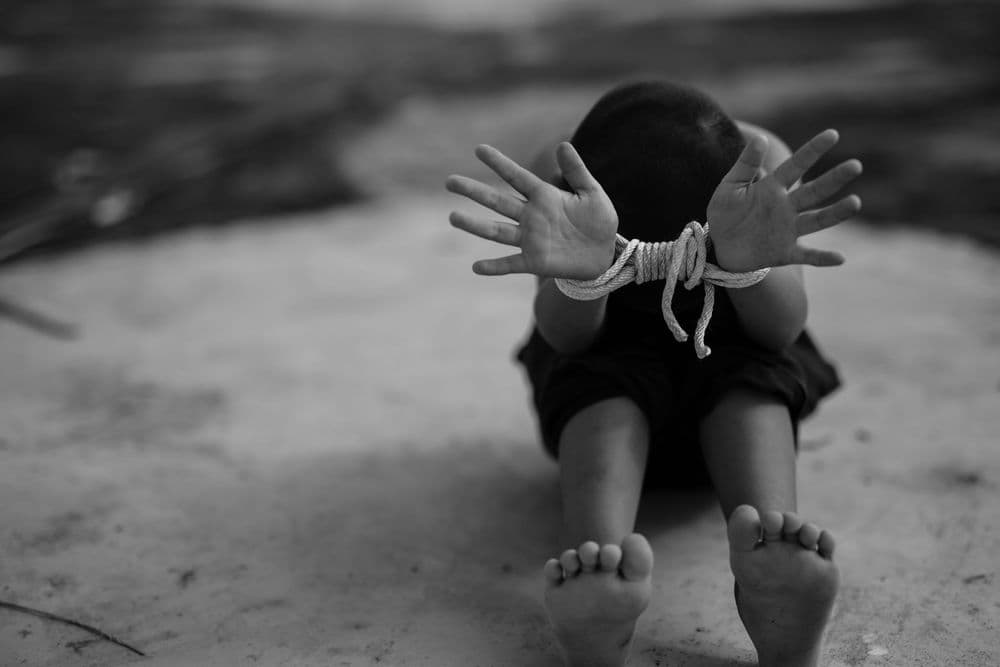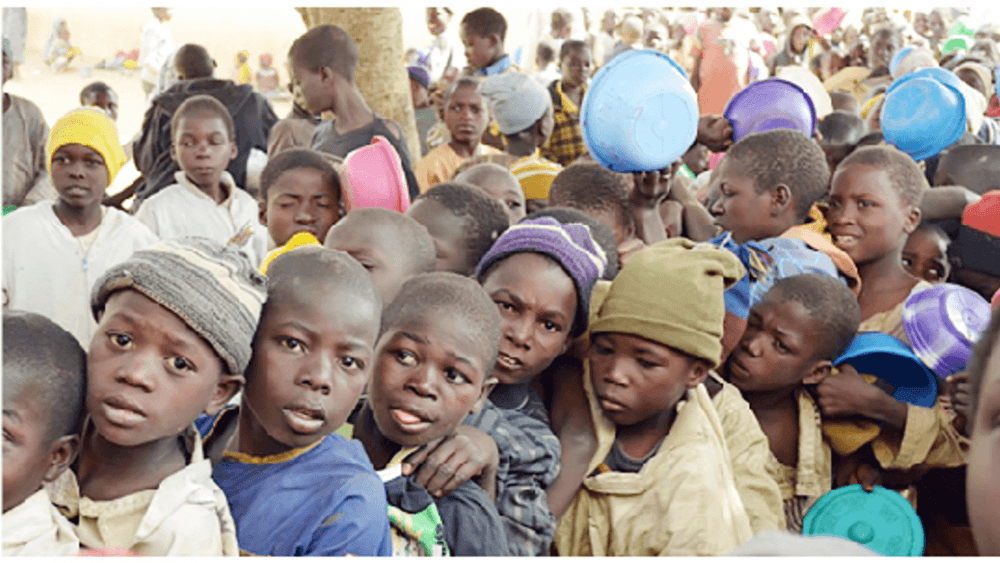Stay Informed
Join our newsletter to receive updates about our mission, impact stories, and ways you can help make a difference.

Understanding the Scope of the Problem
Human trafficking and smuggling are deeply intertwined issues affecting millions around the globe. Smugglers often exploit vulnerable populations, luring individuals with false promises of better opportunities. As these networks become more sophisticated, law enforcement agencies face overwhelming challenges in tracking and apprehending criminals while also identifying and assisting victims.
In recent years, artificial intelligence (AI) has emerged as a powerful tool in various fields, and its application in detecting smugglers and victims of human trafficking is proving to be a game changer. With the increasing complexities of global smuggling networks and the urgency of human rights issues, AI technologies are being employed to enhance monitoring, data analysis, and investigative processes. Although AI has the potential to do all these things, it has been underutilized in the field and there should be a push from NGOs and agencies to use the technology.
The Role of AI in Detection
AI systems are designed to analyze massive datasets and recognize patterns that may be invisible to the human eye. Here’s a look at how these technologies enhance efforts to combat smuggling and human trafficking.
1. Data Analysis and Predictive Modeling : AI algorithms can process vast amounts of data from multiple sources, including social media, transaction records, travel itineraries, and immigration logs. By identifying and analyzing patterns, such as repeated travel to suspicious regions or disproportionate financial transactions, AI can highlight potential smuggling operations. Predictive models can score individuals or situations based on likelihood to be involved in trafficking activities, focusing law enforcement resources where they are needed most.
2. Image and Video Monitoring: Advanced AI techniques, like computer vision, allow for the analysis of images and videos from surveillance cameras at borders and major transport hubs. These systems can recognize suspicious behaviors or track vehicles associated with known smugglers, providing real-time alerts to authorities.
3. Natural Language Processing (NLP): NLP enables AI to sift through vast amounts of text data from online platforms, forums, and dark web sites. By identifying key phrases or discussing certain types of trafficking, organizations can uncover smuggling schemes before they escalate.
4. Pattern Recognition in Communications: Smugglers often use coded language in communications. AI can analyze texting patterns, emails, and phone calls to reveal coded messages among suspects. By leveraging this technology, investigators can intercept conversations that reveal smuggling arrangements or lead to victim identification.
Supporting Victim Assistance
AI’s role extends beyond tracking smugglers; it also plays a vital part in identifying and assisting victims. Many AI systems are designed to analyze data collected from crisis hotlines, social media, and community reports to spot signs of victimization. By identifying keywords or behaviors commonly associated with trafficking, AI can help social services provide timely aid to those in need.
Additionally, AI-driven chatbots and virtual assistants can provide anonymous support to potential victims, helping them navigate their situations and connecting them with resources while maintaining their privacy and safety.
Conclusion
The intersection of technology and social justice has never been more critical. As AI continues to evolve, its capabilities in detecting and combating smuggling and human trafficking will further strengthen law enforcement and humanitarian efforts. In a world where time is crucial for rescuing victims and stopping criminals, leveraging AI technology may very well be key to creating safer communities globally. As these technologies develop, continued collaboration between tech companies, law enforcement, and NGOs will be crucial in ensuring they are used effectively and ethically.

Hotlines serve as a pivotal resource for individuals seeking immediate assistance across various sectors. Their effectiveness hinges on accessibility, trained personnel, and efficient call management systems

Treating adults like adults is a reasonable principle but not when the tool in question is a machine that can generate infinite child sexual abuse material on demand. OpenAI and every other AI company must understand: loosening restrictions on sexual content without ironclad safeguards is reckless.

the ethics surrounding the surveying of child abuse necessitate a careful balance between the need for data collection and the imperative of safeguarding vulnerable populations. Ethical considerations must prioritize the well-being of children, ensuring that their rights and dignity are upheld throughout the research process.


Combating child trafficking requires collective action. Organizations like ECPAT International, UNICEF, and the National Human Trafficking Hotline coordinate rescue efforts and survivor support across borders. Tech companies are implementing stronger safeguards, using machine learning to detect and remove exploitative content.

The Almajiri system began as a noble path of learning but has been weakened by neglect and lack of support. Today, millions of children suffer under conditions that deny them their rights and their futures


tackling child abuse in South Africa requires a multifaceted approach that involves individuals, families, communities, and the government. It calls for increased awareness, education, and active participation from all sectors of society.

The fight against child labor in Europe began in earnest during the 19th century. Social reformers, writers, and activists highlighted the plight of children working in hazardous conditions

Child sexual exploitation can be prevented through education, vigilance, and strong legal action. Key steps include teaching children body safety, monitoring online activity, reporting abuse, and supporting survivors. Community awareness and trained professionals are essential to detect and stop exploitation early.

Online gaming platforms have become a significant avenue for child sexual exploitation, with predators using in-game communication features, virtual gifts, and mentorship tactics to groom children in as little as 19 seconds, making parental awareness and active engagement in gaming crucial for protection.

Marianco is a non-profit organization dedicated to combating child trafficking, pedophilia, and exploitation. Inspired by Francisco Padilla, a former street orphan, Marianco provides comprehensive support to vulnerable children, including shelter, education, healthcare, and counseling. The organization aims to create a world where every child is safe and has the opportunity to reach their full potential. Child trafficking, pedophilia, and related forms of exploitation are pressing issues that strip millions of children of their rights, safety, and dignity. Marianco recognizes the urgency of addressing this crisis and is committed to disrupting cycles of exploitation by raising awareness, advocating for stricter laws, and creating prevention and rehabilitation programs. Their short-term goals include raising awareness, building partnerships, fundraising, developing rehabilitation centers, offering legal aid, and creating educational programs. Marianco is preparing to launch an advocacy campaign to educate communities about child trafficking and how to prevent it. With your support, Marianco can turn these plans into reality and create a world where children are safe, loved, and empowered.
Join our newsletter to receive updates about our mission, impact stories, and ways you can help make a difference.